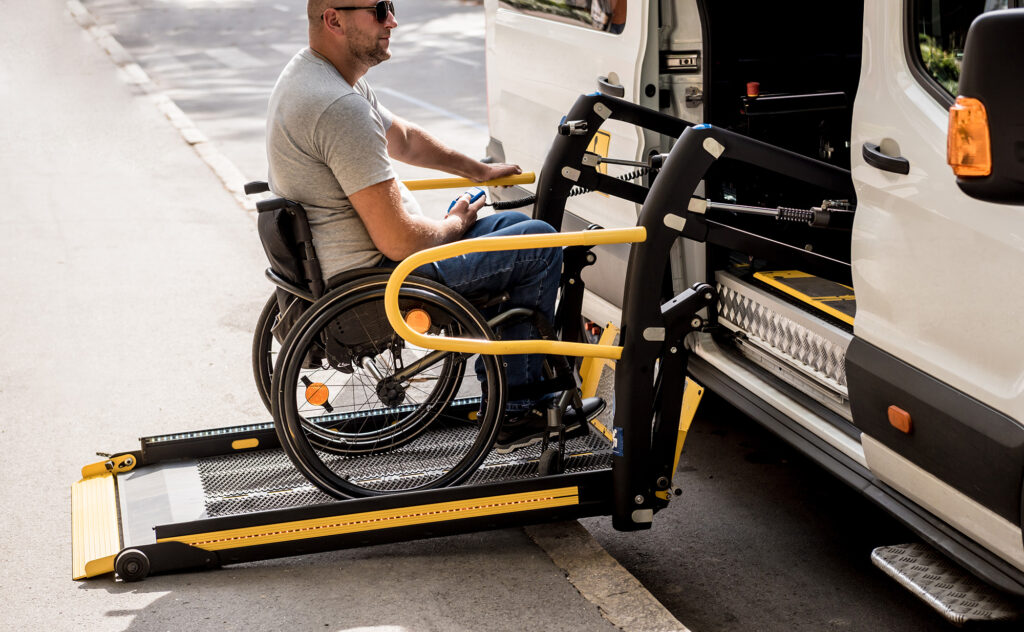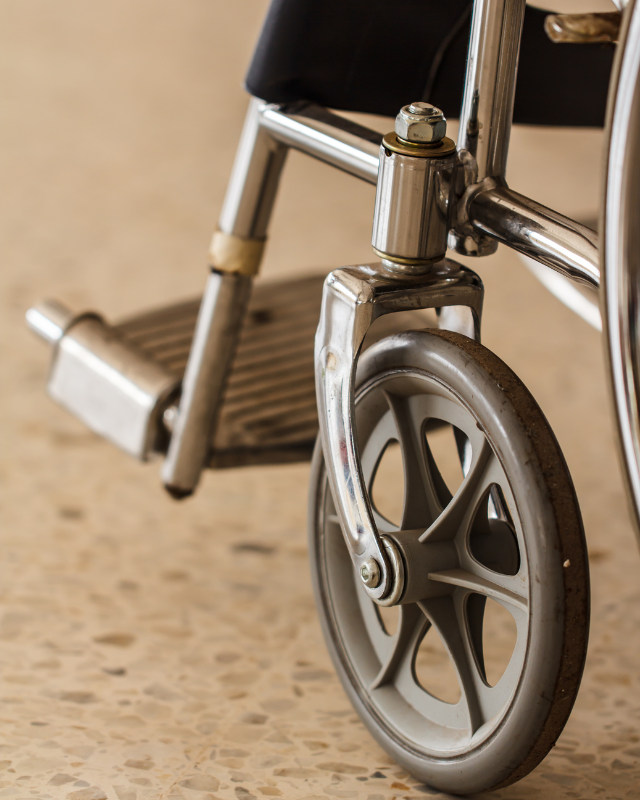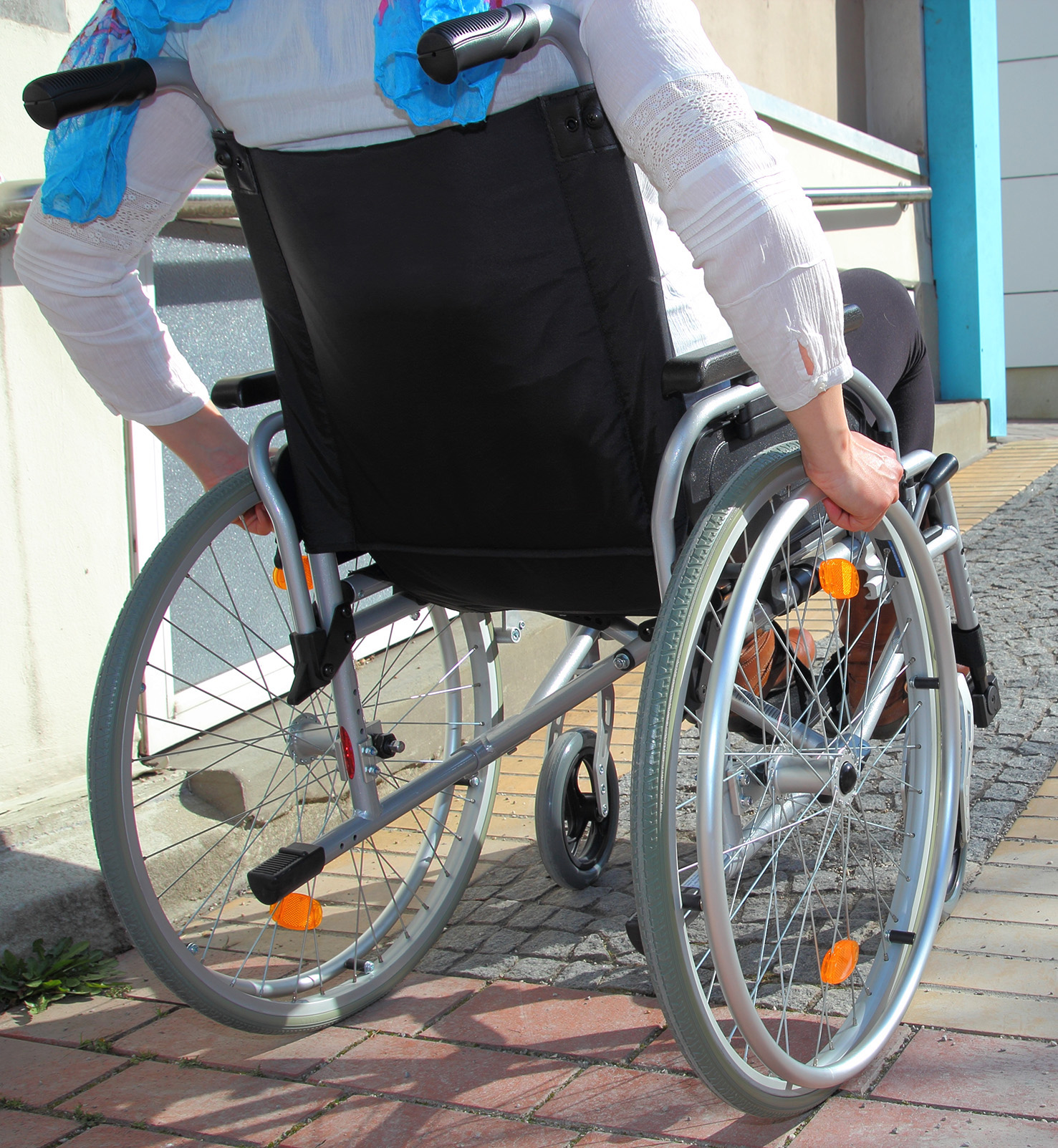Wheelchair Ramp and Lift Accidents
Welcome to www.wheelchairinjurylawyer.com, where we specialize in representing clients who have suffered injuries due to wheelchair ramp and lift accidents. Whether you or a loved one relies on a wheelchair for mobility, our dedicated team of personal injury lawyers is here to provide the legal support you need. This page will discuss the various types of accidents involving wheelchair ramps and lifts, the impact these accidents can have on your life, and how our experienced attorneys can help you seek the compensation you deserve.

Understanding Wheelchair Ramp and Lift Accidents
Wheelchair ramps and lifts are essential for providing accessibility to vehicles, buildings, and public transportation. They are designed to ensure that wheelchair users can navigate different environments safely and independently. However, when ramps and lifts are improperly designed, installed, or maintained, they can pose significant risks. Accidents involving these devices can lead to severe injuries, significantly impacting the lives of those affected.
Types of Wheelchair Ramp Accidents
Wheelchair ramp accidents can occur due to various factors, including improper design, incorrect installation, and poor maintenance. Some common types of wheelchair ramp accidents include:
1. Incorrect Slope or Angle:
Ramps must adhere to specific slope and angle requirements to ensure safety and ease of use. When ramps are too steep or have an incorrect angle, they can cause accidents. Common issues include:
- Steep Ramps: Ramps that are too steep can be difficult to navigate, causing the wheelchair to tip backward or forward.
- Inconsistent Angles: Ramps with uneven or inconsistent angles can cause instability, leading to falls or loss of control.
2. Slippery Surfaces:
Ramps must have non-slip surfaces to prevent wheelchairs from sliding. Accidents can occur when:
- Wet or Icy Conditions: Outdoor ramps can become slippery in wet or icy conditions, increasing the risk of accidents.
- Lack of Non-Slip Material: Ramps without adequate non-slip materials can cause wheelchairs to lose traction, leading to falls.
3. Poor Maintenance:
Regular maintenance is crucial for ensuring the safety of wheelchair ramps. Poorly maintained ramps can result in:
- Cracks and Gaps: Cracks or gaps in the ramp surface can cause wheelchairs to get stuck or tip over.
- Loose or Broken Handrails: Handrails provide essential support for wheelchair users. Loose or broken handrails can lead to falls and injuries.
4. Inadequate Width:
Ramps must be wide enough to accommodate wheelchairs of various sizes. Inadequate width can lead to:
- Difficulty Maneuvering: Wheelchair users may struggle to maneuver on narrow ramps, increasing the risk of accidents.
- Collisions: Narrow ramps can result in collisions with handrails or other obstacles, causing injuries.
Types of Wheelchair Lift Accidents
Wheelchair lifts are used to provide access to vehicles, buildings, and public transportation. Accidents involving wheelchair lifts can occur due to mechanical failures, improper use, or inadequate maintenance. Common types of wheelchair lift accidents include:
Mechanical failures can occur in both vehicle-mounted and building-installed lifts. These failures can lead to:
- Sudden Drops: Malfunctions in the lift mechanism can cause the platform to drop suddenly, leading to falls and injuries.
- Erratic Movements: Lifts that move erratically or stop unexpectedly can cause wheelchair users to lose balance and fall.
Improper installation of wheelchair lifts can result in accidents. Common issues include:
- Unstable Platforms: Lifts that are not securely installed can wobble or tilt, causing instability and accidents.
- Incorrect Height Alignment: Lifts that do not align properly with the vehicle or building entry point can create dangerous gaps or steps.
Accidents can also occur due to user error or lack of proper training. Common scenarios include:
- Incorrect Positioning: Failing to position the wheelchair correctly on the lift platform can lead to falls.
- Overloading: Exceeding the weight capacity of the lift can cause mechanical failures and accidents.
Regular maintenance is essential for ensuring the safety of wheelchair lifts. Poorly maintained lifts can result in:
- Broken Parts: Broken or worn-out parts can cause the lift to malfunction, leading to accidents.
- Electrical Issues: Electrical malfunctions can cause lifts to stop working or behave unpredictably.
Impact of Wheelchair Ramp and Lift Accidents
Accidents involving wheelchair ramps and lifts can have a profound impact on the lives of those affected. The consequences of these accidents can include:
Physical Injuries
Injuries from ramp and lift accidents can range from minor bruises and cuts to severe fractures, head injuries, and spinal cord damage.
Emotional Trauma
The emotional toll of an accident can be significant, leading to anxiety, depression, and a reduced quality of life.
Financial Burden
Medical expenses, rehabilitation costs, and lost wages can create a substantial financial burden for the victim and their family.
Loss of Independence
Severe injuries may result in a loss of independence, requiring additional care and assistance for daily activities.
Legal Rights and Options
If you have been injured in a wheelchair ramp or lift accident, you have the right to seek compensation for your injuries and related damages. The legal process for pursuing a claim involves several key steps:
1. Consultation
Schedule a consultation with an experienced personal injury lawyer who specializes in wheelchair ramp and lift accidents. During this consultation, you will discuss the details of your accident, the extent of your injuries, and your legal options.
2. Investigation
Your attorney will conduct a thorough investigation to gather evidence, including medical records, eyewitness statements, and expert testimony. This investigation aims to establish liability and the cause of the accident.
3. Filing a Claim
Once sufficient evidence is collected, your lawyer will file a claim against the responsible parties, which may include the manufacturer, installer, maintenance provider, or property owner.
4. Negotiation
Your attorney will negotiate with the defendants and their insurance companies to reach a fair settlement. If a settlement cannot be reached, your lawyer will prepare to take your case to trial.
5. Litigation
If necessary, your case will go to court, where your attorney will present the evidence and argue on your behalf to secure the compensation you deserve.

Why Choose Wheel Chair Injury Lawyers?
We are dedicated to helping victims of wheelchair ramp and lift accidents seek justice and compensation. Our experienced personal injury lawyers understand the unique challenges faced by wheelchair users and are committed to providing compassionate and effective legal representation. Here are a few reasons to choose us:
- Specialized Expertise: We specialize in wheelchair ramp and lift accident cases and have a deep understanding of the laws and regulations governing these claims.
- Proven Track Record: Our firm has a history of successful outcomes in personal injury cases, including those involving wheelchair ramps and lifts.
- Compassionate Advocacy: We approach each case with empathy and compassion, recognizing the profound impact that injuries can have on your life.
- Comprehensive Support: From the initial consultation to the final resolution of your case, we provide comprehensive support and keep you informed at every step of the process.
- No Fees Unless We Win: We operate on a contingency fee basis, meaning you do not pay any legal fees unless we secure compensation for you.
Preventing Wheelchair Ramp and Lift Accidents
While seeking compensation for injuries is essential, prevention is equally important. Here are some tips to help prevent wheelchair ramp and lift accidents:
- Ensure Proper Installation: Make sure ramps and lifts are installed by qualified professionals who follow all safety guidelines and regulations.
- Regular Maintenance: Conduct regular maintenance and inspections to identify and address potential issues before they become serious problems.
- Use Non-Slip Surfaces: Ensure that ramps have non-slip surfaces to prevent sliding in wet or icy conditions.
- Train Users: Provide proper training to wheelchair users and caregivers on how to use ramps and lifts safely.
- Stay Informed: Keep up to date with recalls and safety notices related to your wheelchair, ramp, or lift to ensure you are aware of any potential risks.

Contact Us Today
If you or a loved one has been injured in a wheelchair ramp or lift accident, do not hesitate to contact us at www.wheelchairinjurylawyer.com. Our dedicated team is here to provide the legal support and guidance you need to navigate this difficult time. Call us today for a free consultation and take the first step towards securing the compensation and justice you deserve.